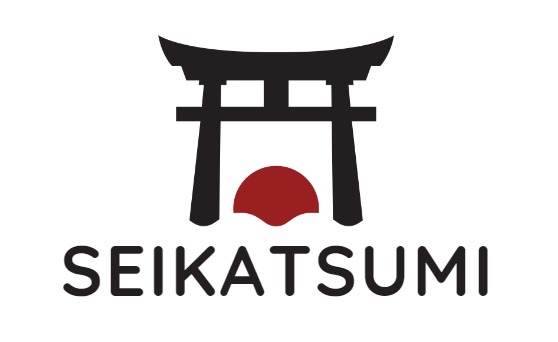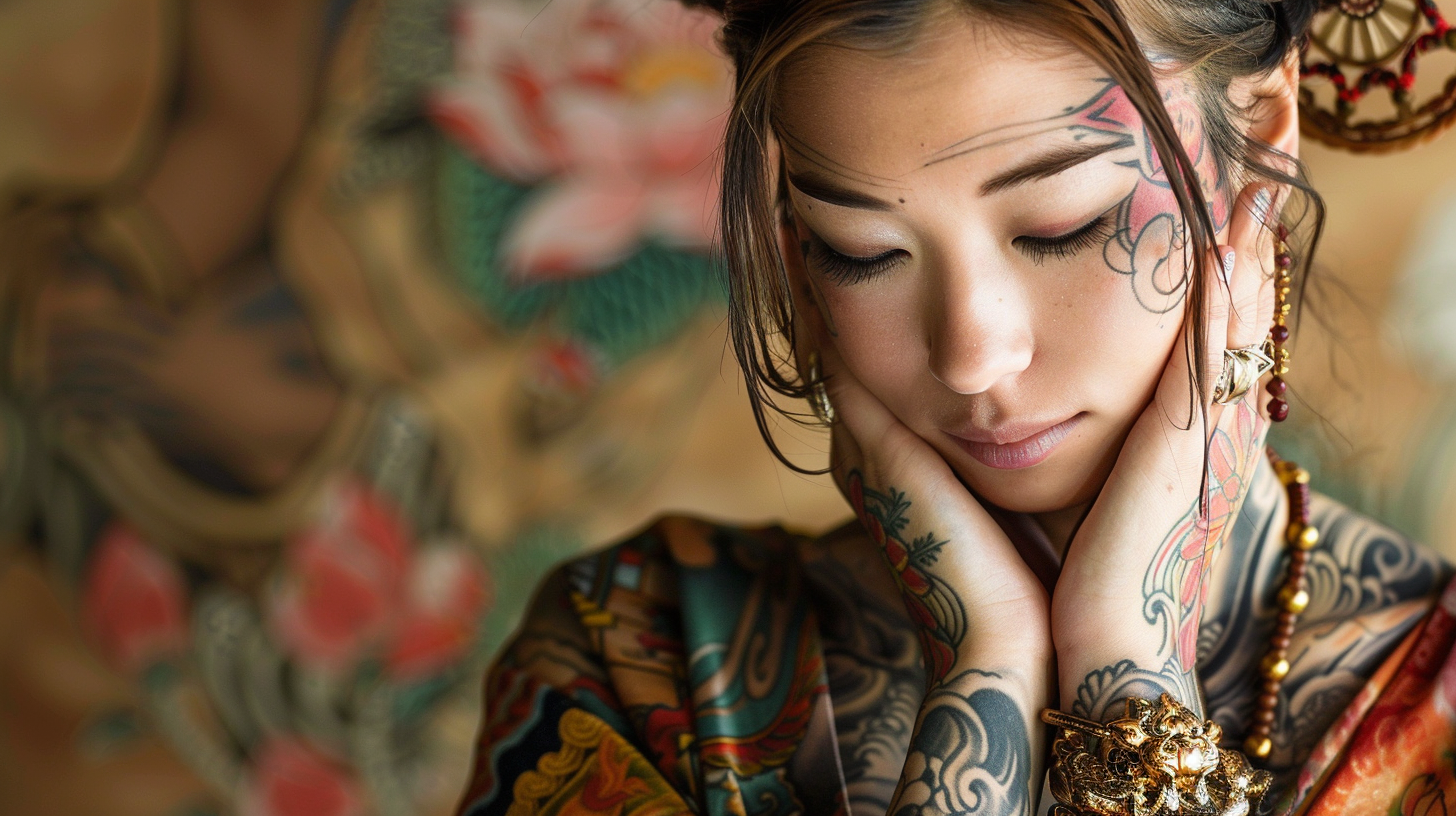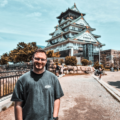Are you fascinated by the spiritual and artistic world of Japanese Buddhist tattoos? I totally share your fascination!
I know how challenging it can be to unravel the deep meanings and techniques behind these amazing tattoos. That’s why I’ve spent countless hours diving into the serene and profound world of Japanese Buddhist tattoos, just to make this journey easier for you!
I’m so excited to guide you through the intricate blend of spiritual symbolism and traditional Irezumi artistry that these tattoos offer.
They’re not just decorations – they’re powerful expressions of personal spiritual journeys and beliefs.
So, what are you waiting for? Let’s explore this captivating world together! 🙂
The Intersection of Buddhism and Irezumi
The intersection of Buddhism and Irezumi in Japanese tattoos is a fusion of spiritual and artistic traditions.
These tattoos often incorporate Buddhist symbols and imagery, reflecting the deep influence of Buddhist philosophy on Japanese culture and art.
Symbolism in Japanese Buddhist Tattoos
Japanese Buddhist tattoos are rich in symbolism, with each element holding significant spiritual meaning.
From the lotus to the Dharma wheel, these symbols represent various aspects of Buddhist teachings and the path to enlightenment.
The Lotus: Purity and Enlightenment
The lotus is a prominent symbol in Japanese Buddhist tattoos, representing purity, spiritual awakening, and the journey towards enlightenment.
It is often depicted as blooming in muddy waters, symbolizing the emergence of purity from impurity.
Bodhisattvas and Deities: Compassion and Protection
Bodhisattvas and deities are common figures in Japanese Buddhist tattoos, embodying compassion, protection, and the pursuit of enlightenment.
These figures are revered in Buddhism for their selfless dedication to helping others achieve enlightenment.
The Dharma Wheel: The Path to Enlightenment
The Dharma wheel, or Dharmachakra, is a crucial symbol in Japanese Buddhist tattoos, representing the Buddha’s teachings and the path to enlightenment.
It is often depicted with eight spokes, symbolizing the Noble Eightfold Path.
Mandalas: Cosmic Diagrams and Meditation
Mandalas are intricate and symbolic designs used in Japanese Buddhist tattoos, serving as tools for meditation and spiritual growth.
They represent the universe and are often used as aids in spiritual practices and rituals.
Hey you! Are you interested in more tattoo trends? Then be sure to check out our top tattoo articles! You definitely can’t miss it!
Japanese Skull & Oni Mask Tattoos: 100+ Ideas You’ll Love 2024
The Best Japanese Half Sleeve Tattoos 2024: 25+ Be the next Trendsetter!
60+ Japanese Anime Tattoos: Expert Tips for Timeless Ink Mastery 2024
Sanskrit Script: Sacred Words and Mantras
Sanskrit script is frequently incorporated into Japanese Buddhist tattoos, featuring sacred words, mantras, and teachings from Buddhist texts.
These scripts add a layer of spiritual depth and authenticity to the tattoos.
The Artistic Techniques of Japanese Buddhist Tattoos
Creating Japanese Buddhist tattoos requires specific artistic techniques and mastery in Irezumi.
The artists must skillfully depict the intricate details and symbolism of Buddhist art, ensuring the tattoos are both aesthetically pleasing and spiritually meaningful.
Cultural Acceptance and Perceptions of Buddhist Tattoos
The cultural acceptance and perceptions of Buddhist tattoos vary.
In Japan and globally, these tattoos are often seen as a means of expressing one’s spiritual beliefs and a deep appreciation for Buddhist art and philosophy.
Personal Narratives: Spiritual Journeys through Tattoos
Individuals often choose Japanese Buddhist tattoos as part of their spiritual journeys.
These personal narratives reveal the profound meanings and connections people find in their Buddhist tattoos, reflecting their beliefs and experiences.
Ethical Considerations in Buddhist Tattoo Art
When getting a Buddhist tattoo, it’s important to consider the ethical aspects, including respecting the religious significance of the symbols and ensuring they are portrayed with reverence and accuracy.
Modern Adaptations of Traditional Buddhist Symbols
Modern tattoo artists are adapting traditional Buddhist symbols in innovative ways, blending ancient meanings with contemporary artistry.
This evolution of the art form allows for creative expression while maintaining the essence of Buddhist symbolism.
The Future of Japanese Buddhist Tattoo Art
The future of Japanese Buddhist tattoo art looks promising, as it continues to evolve and gain popularity.
The challenge lies in preserving the spiritual integrity of the symbols while adapting to modern artistic trends.
Gallery of Japanese Buddhist Tattoo Designs
A gallery of Japanese Buddhist tattoo designs provides a visual representation of the variety and beauty of this art form.
From intricate mandalas to powerful depictions of deities, each design is a testament to the artist’s skill and the wearer’s spiritual journey.
Choosing the Right Artist for a Japanese Buddhist Tattoo
Choosing the right artist for a Japanese Buddhist tattoo is crucial. It’s important to find an artist who not only has the technical skill but also understands and respects the spiritual and cultural significance of the symbols.
My own personal favorite motif
As an enthusiast of both art and spirituality, I find Japanese Buddhist tattoos particularly captivating. The allure of these tattoos lies not just in their aesthetic beauty, but also in the profound meanings they embody.
When I think of Japanese Buddhist tattoos, I envision them as more than mere body art; they are a canvas that reflects the deep wisdom and teachings of Buddhism.
Each symbol, whether it’s the lotus, the Bodhisattva, or the Dharma Wheel, resonates with the philosophies of Buddhism, such as enlightenment, compassion, and the cycle of life.
This fusion of art and spirituality is what makes these tattoos truly special.
They serve as a constant reminder of the path of mindfulness and the pursuit of inner peace, something that deeply resonates with me.
Moreover, the meticulous artistry involved in these tattoos, with their intricate details and graceful lines, mirrors the careful and thoughtful approach of Buddhist teachings.
In a world where everything is fast-paced and transient, Japanese Buddhist tattoos offer a sense of permanence and a connection to a centuries-old tradition of wisdom.
They are not just tattoos; they are a personal testament to the timeless charm and teachings of Buddhism.
Frequently Asked Questions
How do I care for my Japanese Buddhist tattoo?
Caring for a Japanese Buddhist tattoo involves proper aftercare, including keeping the tattoo clean, moisturized, and protected from the sun, especially during the healing process.
Can Japanese Buddhist tattoos be considered disrespectful?
Japanese Buddhist tattoos can be considered disrespectful if done without understanding or respecting the religious significance of the symbols. It’s important to approach these tattoos with reverence and sensitivity.
What should I consider before getting a Japanese Buddhist tattoo?
Before getting a Japanese Buddhist tattoo, consider the symbolism, ensure you understand and respect the cultural and religious significance, and choose an artist experienced in this style.
If you liked this blog article about Japanese Buddhist Tattoos, don’t forget to follow us on Pinterest so you don’t miss any more tattoo tips.
Let us know, which of the above is your favorite buddhist mofif!


